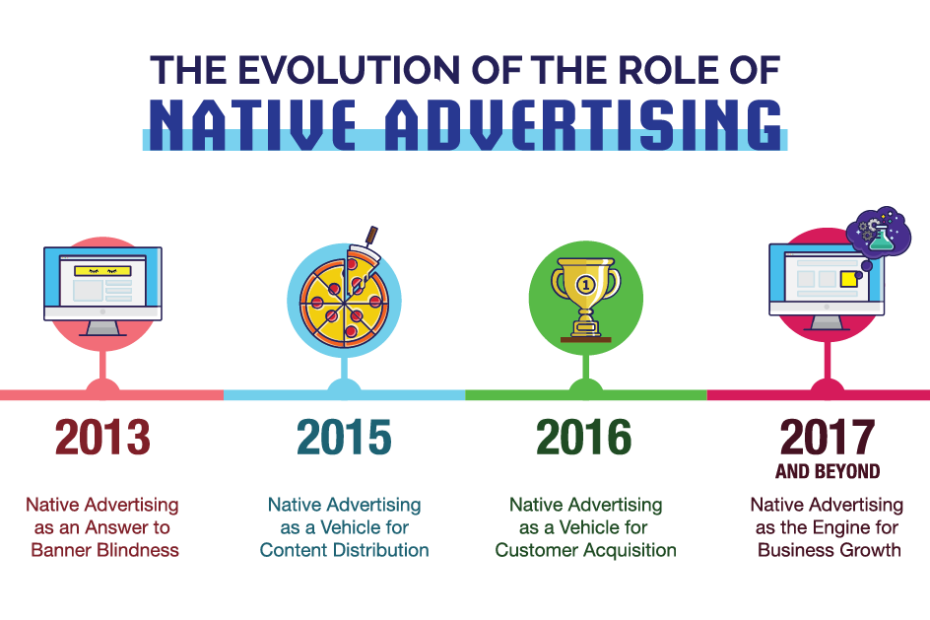It is still difficult today to differentiate native advertising from brand content. Supporters of the former will say no, native advertising isn’t just “next-generation infomercial.” Practitioners of brand content tend to use native advertising for what is often only a website dedicated to a brand. But native advertising wants to go further because it plays on two sources: the integration of content into an editorial flow and the engagement of the reader and therefore of the consumer, including thanks to navigation data. Having appeared barely three years ago, the mechanisms of native advertising are not yet set in stone. Strengthen its positioning as a powerful new alternative to the traditional banner.
Native advertising: definition and example of native advertising on Out brain
The native advertising format is definitely a marketing channel that is increasingly successful today: native advertising, the 2.0 little brother of advertising-editorial, makes it possible to profit from the audience of a website while bypassing the limitations associated with ad-blockers today. We explain everything about the concept of so-called native advertising.
What is native advertising? Definition of native advertising
In terms of marketing, it is quite recent. It took off in 2013. In fact, faced with the popularization of ad blockers, the display model (pop-up and banner, for example) found itself at the end of its rope, and native advertising was lost. Such advertising aims to naturally integrate content because it is less intrusive and more discreet. The advertising content must then integrate the visual and editorial codes of the latter.
Advertising should not affect user experience. Indeed, visitors must be able to switch from original content to advertising in a simple and fluid way. With a more impactful format, native advertising blends seamlessly into the content of a site. It’s getting harder for ad blockers to tell the difference.
The different types of native advertising:
Social in-feed: this is the one that is present on social networks. The majority of networks are concerned: Facebook, Instagram, Twitter. This type of advertising is directly integrated into the feed, which is ideal for the mobile format.
Editorial in-feed: this is original content such as sponsored articles and videos, for example. Fully integrated into the site, this advertising format remains subtle and effective.
External in-feed: this is the advertising integrated into the content redirecting to an external site.
Recommendation modules: these are boxes directing the user either to an article that may be of interest to him or to an advertisement.
Promoted listings: on sales pages or price comparison pages, these are commercial offers that are highlighted and that link to the product sheet.
Visibility is its greatest asset. Since the Internet user does not directly close the advertisement that appears, it is more likely to be seen and read. Additionally, native advertising can build branding and trust with customers.
The fact that a native advertisement is fully integrated into a site can mislead the reader. In addition, it can be completely out of step with the editorial line of the site.
